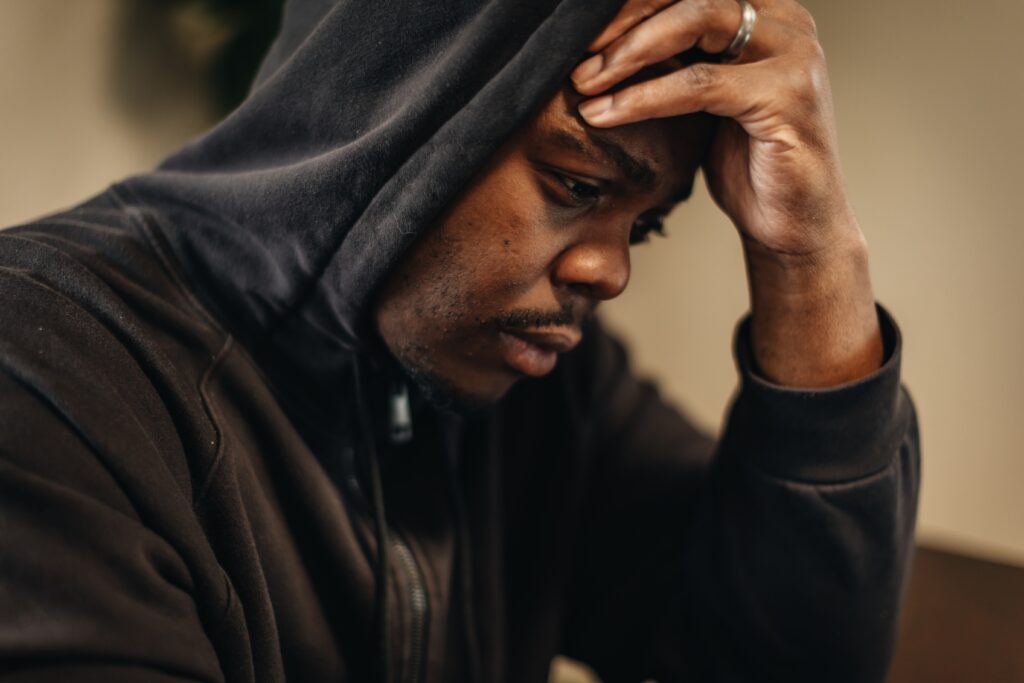It’s not uncommon for people to try an illicit drug once or twice, and approximately half of the U.S. population has used illicit substances in their lifetime. There are many nationwide issues that require attention. Opioids have been one of them for decades.
Opioids an be prescribed to a person following an injury or surgery to manage pain, but not all opioids are medications that are prescribed. But they can also be addictive and misused. By learning about the statistics of opioid use disorder (OUD) across the U.S., you can see the progress that has been made to reduce it, and how much more we have to go.
Read on to learn important U.S. opioid use disorder statistics and how Groups can help those trying to recover from OUD.
What to know about current overdose rates
The good news is that there has been a noticeable decrease in the number of drug overdose deaths in the last few years. Data from the CDC shows that the number of overdose deaths since June 2020 was at its lowest between October 2023 and September 2024. In that period, 87,000 people in the U.S. died from drug overdose, which is down from 114,000 the year before.
Medication is a significant factor in the decrease. There has also been more public health data and investments that allow areas affected by misuse to be quickly identified. Then they can be given the right overdose prevention initiatives. However, there’s still a drop off between care and needs. Treatment gaps occur due to lack of local data for areas in need and limited treatment access in rural areas. There are also provider restrictions.
Rate of opioid addiction in the States
Now that we’ve discussed overall drug overdose numbers, we’ll discuss opioid statistics across the U.S. We serve many of these states at Groups.
- California, Florida, and New York saw significant jumps in opioid overdose deaths in the 2010s.
Between 2011 and 2021, California had the largest increase of opioid overdose deaths — from 5.0 deaths per every 100,000 people to 17.8. New York had the third-largest increase, behind Florida, with the deaths going from 6.8 per 100,000 people to 24.5.
- New York and New Jersey have two of the lowest rates for opioid prescriptions.
The number of opioid prescriptions given has gone down in the last few years. The rate of opioid prescriptions per 100 people from 2019 to 2023 has decreased from 46.8 to 37.5 in the U.S. as a whole. New York and New Jersey have two of the lowest prescription rates, at 26.3 prescriptions per 100 people in both states.
- In 2022, more than 5 million people received treatment for OUD.
Experiencing opioid use disorder symptoms can impact every part of a person’s life. But,fortunately, treatment is available. Treatment for OUD usually involves some form of therapy and/or medication to help the person through withdrawal symptoms and cravings. In 2022, approximately 3.7% of the U.S. adult population needed OUD treatment, which adds up to about 9.4 million people, but approximately 5.2 million received it. The gap comes from people not perceiving that they need the treatment.
Find effective treatment for OUD at Groups
The statistics for opioid use in the U.S. are showing encouraging improvements, such as the decrease in opioid-related deaths. However, there are still millions of people who are experiencing OUD who could benefit from treatment. That’s where Groups comes in.
At Groups, we have more than 100 offices all across the country, and we’ve helped more than 50,000 members. Through a combination of medication, group support meetings, and life-goal assistance, we help people with OUD reach their recovery goals and develop the skills they need to work toward the future they want.
See if we offer care in your state, either online or at one of our 130+ local offices. If Groups doesn’t offer treatment in your area, you can locate other treatment options here. We provide treatment across the country — and we’re always expanding.
Many factors play a role in reducing opioid use disorder across the U.S., and proper treatment is one of them. With our help, our members gain the insight and skills to manage their opioid dependency. At Groups, we know what you’re capable of achieving, and we want to help you see it, too.
Give our Recovery Support Specialists a call today for more information or to begin your recovery at Groups.




